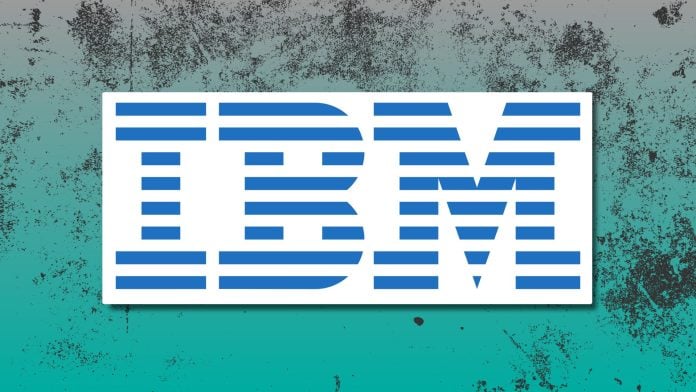IBM has unveiled a robust approach to managing IT operations through its integrated intelligent observability experience, designed specifically for small business owners facing the complexity of modern technology landscapes. As digital environments grow increasingly intricate, businesses must not only respond to issues as they arise but also anticipate them, ensuring applications remain resilient and aligned with overarching goals.
The integrated observability framework combines several IBM tools, including IBM Instana, Turbonomic, and Concert, offering a modular design. This allows businesses to incorporate only what they need at present, with the option to expand as their operational requirements evolve. By creating a unified experience that integrates observability, resource optimization, compliance, and automation, IBM empowers teams to shift from a reactive approach to proactive innovation.
Small business owners can expect a range of practical benefits from this system. A primary feature is shared intelligence and integration, characterized by a unified data layer and seamless navigation. This means that teams can effectively collaborate across various tools without the friction often associated with fragmented systems. For small businesses with limited IT resources, this cohesion can lead to significant efficiency gains.
Moreover, the capacity for end-to-end observability is vital. With deep visibility into distributed services, AI applications, infrastructure, and networks, IT teams can detect and resolve issues more rapidly. According to Forrester, 77% of U.S. technology decision-makers experience “moderate to extensive” technology sprawl, which leads to unsustainable costs and security risks. For small businesses, minimizing downtime is particularly critical, as ITIC reports that downtime can cost enterprises over $1 million per hour.
Another key benefit is performance assurance aligned to cost. With IBM’s systems, organizations can balance the performance of business applications against expenditures effectively. This means that small businesses can meet key performance indicators (KPIs) without overspending—crucial for maintaining financial health in a competitive market.
IBM’s observability experience also addresses resilience, risk, and compliance. With proactive safeguards and smart automation, businesses can reduce risks and streamline compliance procedures. This is especially important for small businesses navigating regulatory environments, ensuring peace of mind as they focus on growth rather than compliance headaches.
The integration of agentic AI into daily operations offers another layer of innovation. By delivering contextual insights, proactive detection, and automated remediation at scale, small businesses can significantly reduce manual toil and resource mismanagement. The AI-driven features suggest optimal next steps during troubleshooting, helping teams resolve issues more quickly—a major advantage when every minute counts.
However, while the promise of IBM’s integrated observability experience is compelling, small business owners should also be mindful of potential challenges. Transitioning to an integrated system requires initial investment and training. Additionally, businesses must consider their existing technology stack and whether it can adapt to IBM’s solutions. Choosing to implement these advanced tools may necessitate shifts in operational processes, which can be daunting for companies already stretched thin.
The stakes for IT operations are high, and as businesses strive to streamline operations and enhance resilience, the push towards a connected observability experience becomes increasingly urgent. According to IBM’s release, embracing an integrated approach not only reduces costs associated with technology sprawl but also accelerates innovation—an attractive prospect for smaller enterprises looking to scale.
As small business owners contemplate these solutions, they should weigh the benefits of enhanced visibility and operational efficiency against the challenges of integration and training. By navigating this balance intelligently, they can position their businesses for success in a rapidly evolving technological landscape.
For more details on IBM’s new offerings, visit the original post here.
Image Via BizSugar



